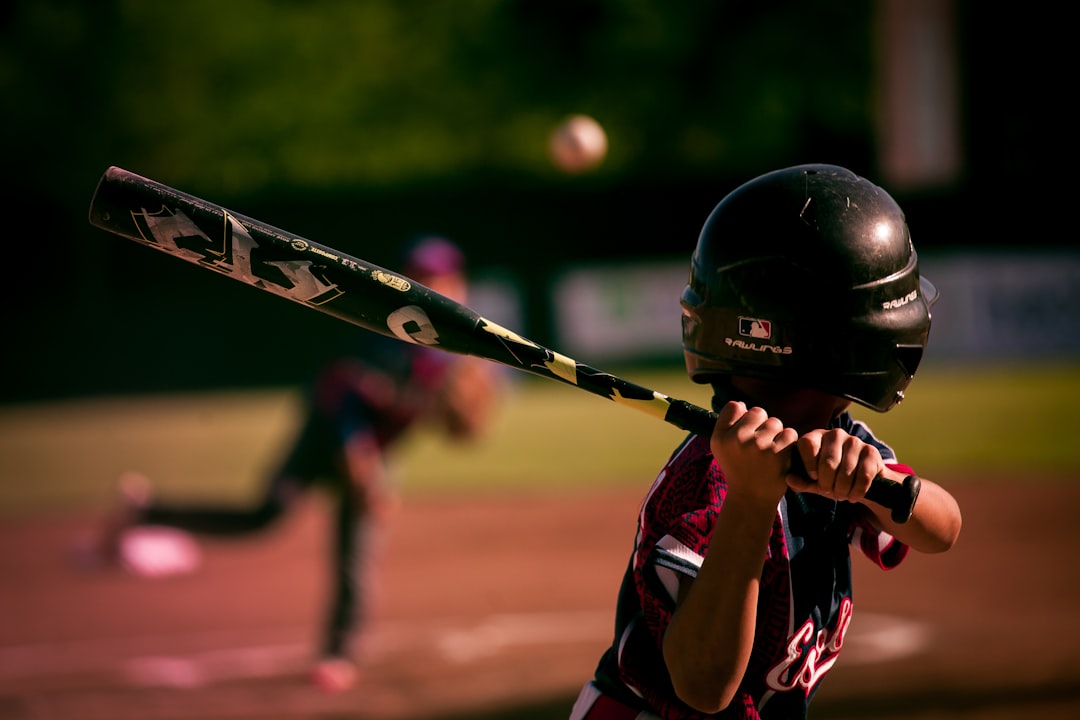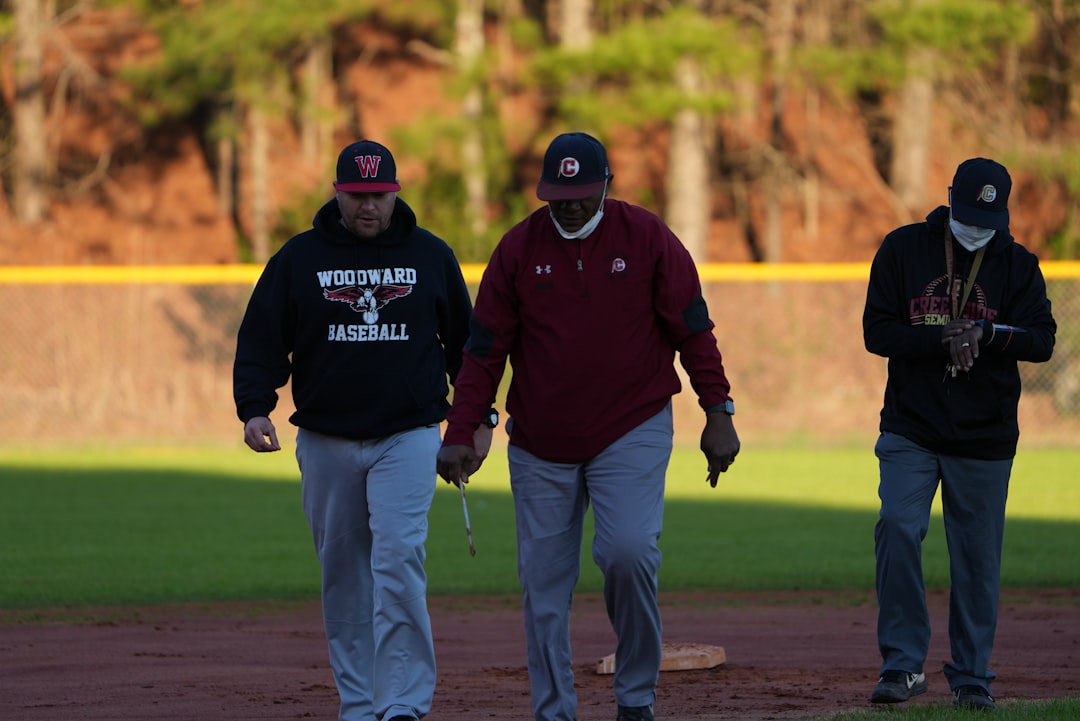Head Impacts Linked To Brain — here’s what’s new, why it matters, and what to watch next.
Head Impacts Linked to Brain Cell Loss in Young Athletes: An Emerging Concern
At a Glance
Recent research has unveiled a significant relationship between head impacts sustained during youth sporting activities and the loss of brain cells in young athletes. The findings prompt a reevaluation of safety protocols and long-term health implications for children engaged in contact sports. With increasing awareness surrounding the risks of concussions, this new information adds another layer of concern regarding youth sports participation.
Background & Timeline
The discussion around head injuries in sports has evolved considerably over the past few decades. In the 1990s, the focus was primarily on concussions, leading to the establishment of guidelines for their management. By the early 2000s, awareness grew about chronic traumatic encephalopathy (CTE), a degenerative brain disease linked to repeated head injuries, particularly in professional athletes.
In recent years, researchers have shifted their focus to younger athletes, examining the potential long-term effects of head impacts sustained during formative years. Studies published in journals such as The Journal of Neuroscience and Neurology have consistently reported concerning findings, indicating that even minor impacts can result in cumulative damage over time.
The latest findings, released in September 2025, delve deeper into the biological consequences of these head impacts. Researchers conducted longitudinal studies observing young athletes across various sports, tracking the frequency and intensity of head impacts and correlating them with neurodegenerative markers.
What’s New
The 2025 study highlights that repeated head impacts, even in the absence of concussions, can lead to measurable brain cell loss. The research team, led by Dr. Emily Sanchez, utilized advanced neuroimaging techniques to observe changes in the brains of young athletes. Their findings revealed that athletes who experienced frequent head impacts showed declines in certain brain cell populations, which are crucial for cognitive functions and emotional regulation.
Dr. Sanchez noted, “Our research indicates that brain cell loss isn’t just a concern for professional athletes; it is a real risk for children participating in contact sports. This loss can have implications that last a lifetime.” The study emphasizes that the severity and frequency of head impacts are pivotal factors, suggesting that even low-impact collisions in sports like football and hockey can carry significant risks.
Why It Matters
The implications of these findings are profound. The potential for brain cell loss during critical developmental years raises urgent questions about the safety of youth sports. With millions of children across the country participating in contact sports, parents, coaches, and policymakers must reassess current practices regarding safety and injury prevention.
The emotional and cognitive consequences of brain cell loss can be far-reaching. Children may face challenges with learning, emotional regulation, and social interactions as they grow. This aligns with growing concerns about mental health among youth, particularly in contexts where physical contact and resultant injuries are frequent.
Furthermore, as awareness increases, insurance companies, schools, and sports organizations may face heightened scrutiny regarding liability for injuries sustained by young athletes. The findings could lead to changes in regulations, such as mandatory safety equipment, stricter adherence to concussion protocols, and possibly even limitations on contact in youth sports altogether.
What to Watch Next
As this research garners attention, several key issues are likely to emerge:
1. Policy Changes: Expect discussions around policy reforms at school and community levels regarding youth sports safety. This may include updated guidelines on practice and game conduct, equipment standards, and mandatory training for coaches.
2. Increased Awareness: With growing media coverage, parents may become more informed about the risks associated with head impacts, prompting them to seek safer alternatives for their children.
3. Advancements in Equipment: The sports industry may accelerate the development of helmets and protective gear designed specifically to mitigate head impacts in youth sports.
4. Further Research: Additional studies will likely be initiated to explore the long-term effects of early brain cell loss, assessing potential interventions and therapies.
FAQ
Q1: What age group is most affected by head impacts in sports?
A1: Children and adolescents involved in contact sports, particularly those aged 6-18, are most affected as their brains are still developing.
Q2: Are all sports equally risky in terms of head impacts?
A2: While contact sports like football, hockey, and rugby carry higher risks, even non-contact sports can result in head impacts that may be harmful.
Q3: What can parents do to protect their children from head injuries?
A3: Parents can ensure their children wear proper protective gear, advocate for safe play, and encourage participation in sports with lower risks of head impacts.
Q4: Should young athletes stop participating in contact sports?
A4: While participation can be beneficial for teamwork and fitness, parents should weigh the risks and consider alternatives or modified sports that minimize head injury risks.
Q5: How can coaches be better educated about head safety in youth sports?
A5: Coaches should receive training on recognizing signs of injury, implementing safety protocols, and understanding the long-term impacts of head injuries on young athletes.
Q6: What are the signs of brain injury that parents should watch for?
A6: Symptoms may include headaches, confusion, dizziness, memory problems, and mood changes. Immediate medical attention is critical if any of these signs are observed after a head impact.
Takeaways
The emerging research linking head impacts to brain cell loss in young athletes underscores the need for urgent dialogue about safety in youth sports. While the benefits of athletic participation are significant, ensuring the health and safety of young athletes should be a priority for all stakeholders involved. As we advance in understanding these risks, it will be essential to adapt practices and policies to safeguard the future of our youth.
Sources & Credits: Reporting synthesized from multiple reputable outlets and official releases.
Read our related coverage for more on Head Impacts Linked To Brain.
For context and confirmations, see reputable wires like Reuters or AP News.
Source: Original Source. Reporting synthesized from multiple reputable outlets and official releases.
For deeper analysis on Head Impacts Linked To Brain, explore more reports and explainers on Insurance Rate Expert.













